Permian Period
The Permian Period was the final period of the Paleozoic Era, occurring from about 299 million to 251 million years ago. It was a time of significant geological, climate, and evolutionary changes.
Geological and Climate Changes
During the Permian Period, the Earth's landmasses were joined together in the supercontinent known as Pangaea. This resulted in vast areas of interior land with extreme climates, leading to the development of extensive deserts.
The climate during the Permian Period was generally hot and dry, with fluctuating sea levels and periodic glaciation in the southern hemisphere. These climatic fluctuations had a significant impact on the evolution and distribution of life on Earth.
Evolutionary Changes
The Permian Period was a time of significant evolutionary diversification, with the emergence of new plant and animal species. Early reptiles, including the ancestors of dinosaurs, became dominant on land. In the oceans, marine life continued to evolve, with the emergence of new groups of organisms such as bony fish and modern corals.
One of the most notable events of the Permian Period was the diversification of the early mammal-like reptiles known as therapsids. These eventually gave rise to the first true mammals, marking a crucial step in the evolution of vertebrate life on Earth.
Study Guide
- What was the climate like during the Permian Period?
- How did the formation of Pangaea impact the climate and landscapes of the Permian Period?
- What were some of the key evolutionary developments during the Permian Period?
- Which group of organisms emerged as dominant on land during the Permian Period?
- What were the early mammal-like reptiles called, and what role did they play in the evolution of vertebrate life?
◂Science Worksheets and Study Guides Second Grade. The sun and earth

 Activity Lesson
Activity Lesson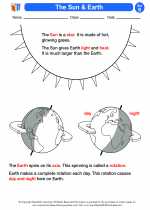
 Worksheet/Answer key
Worksheet/Answer key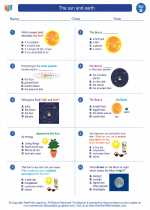
 Worksheet/Answer key
Worksheet/Answer key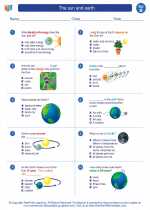
 Worksheet/Answer key
Worksheet/Answer key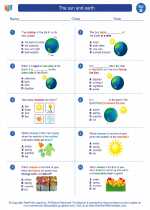
 Worksheet/Answer key
Worksheet/Answer key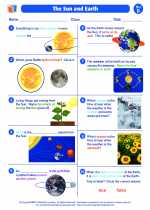
 Vocabulary/Answer key
Vocabulary/Answer key
